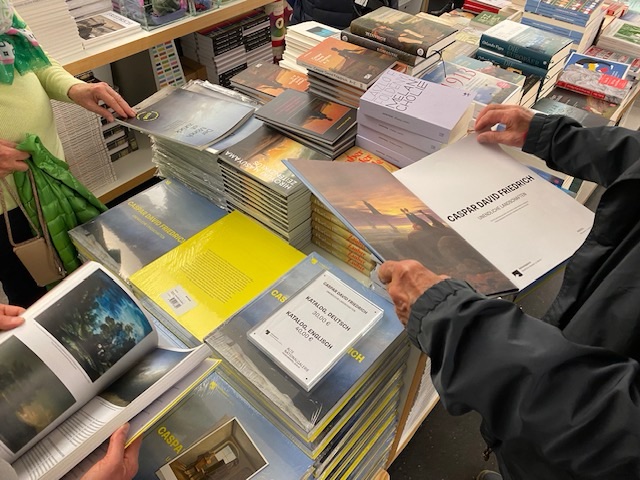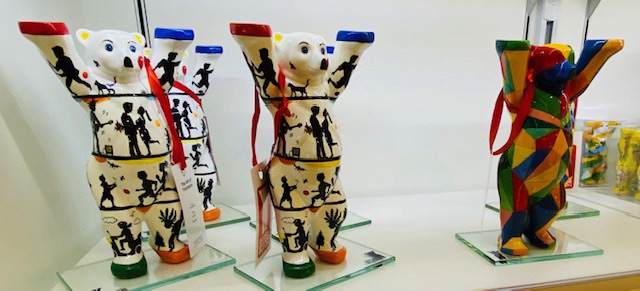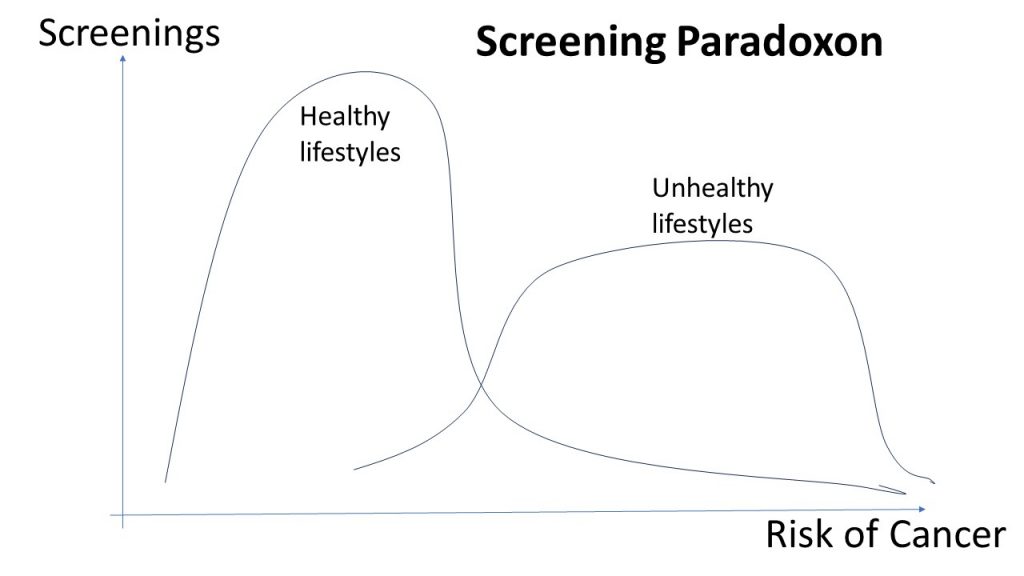As floods as becoming more frequent and more severe forecasting of such events is crucial. The recent example in Bavaria (Germany) of the Danube river (2nd longest in Europe) has demonstrated the role of forecasting to spur adequate behavior of people living in areas at risk of flooding. With the weather forecast announcing lots of rain for a large area the forecasting of floods needs to follow closely these trends. It is not only a question of expectations, but an issue of adaptive expectations for people to adopt appropriate precautions. In retrospect the early forecasts turned out to be fairly accurate in terms of the peak of flooding to be expected in June 2024. The Bavarian “Hochwassernachrichtendienst” (no joke, one word) forecasted on the 2nd of June about 7.50 as the peak to be reached in 2 days in the city of Kelheim. This was beyond the usual 4 warning levels based on an escalation scale. The forecast was beyond the frequent flooding levels established in the last decades. People and emergency services would have to adapt their expectations accordingly. Renewing forecasts is essential to guide people and services in their efforts to deal with emergencies and repair damages as flood levels recede. Management of crises critically depends on forecasting even if they are obviously prone to error margins which should usually be reported as well just like in weather forecasts. Adaptive expectations are key in combination with forecasts to ensure survival.















 Zeitdruck bei der Heimkehr oder beim Wegfahren lassen auf die Begründung der Nachdrücklichkeit der Aufforderung schließen, bitte Ausfahrt freihalten.
Zeitdruck bei der Heimkehr oder beim Wegfahren lassen auf die Begründung der Nachdrücklichkeit der Aufforderung schließen, bitte Ausfahrt freihalten.



















